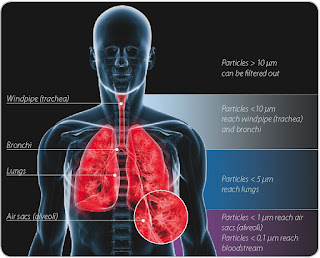Whether you are a welder working with extremely dangerous temperatures and liquid metal, or an electrician working in high voltage areas, personal protective equipment (PPE) is a must. Many in professions where dangerous are not as obvious may take this for granted. However, almost any employer in present day now has an MSDS sheet which outlines safety protocols during an emergency. Despite where you may work or what your lifestyle is, danger and risk is a constant in every day life. Taking extra precaution to protect yourself is beneficial.
WHAT IS ASSIGNED PROTECTION FACTORS?
Assigned Protection Factors (APF), as defined by OSHA, is the workplace level of respiratory protection that a respirator is expected to provide to the employees when the employer implements, effective respiratory protection program as specified by this section.
WHAT IS MAXIMUM USE CONCENTRATION?
Maximum Use Concentration (MUC), as defined by OSHA, is maximum atmospheric conditions of a hazardous substance from which an employee can be expected to be protected when wearing a respirator. This is determined by the Assigned Protection Factor of the respirator/class of respirators.
PENETRATION
Penetration is defined as: how well a chemical or liquid substance has physically penetrated a material based on visual observation or detection.
PERMEATION
Permeation rate is the rate at which a chemical or substance passes through a material at a molecular level.
DEGRADATION
The physical changes to a material caused by a chemical or substance is known as degradation. This can be illustrated in change in color, swelling, wrinkling, and many others. This can also occur in live plants, and other biodegradable materials in the environment.
TYPES OF RESPIRATORS
- Air Purifying Respirators- use canisters or filters to remove contaminates from the air by passing ambient air through the air-purifying element before reaching the user.
- Particulate-Filter Respirators- this respirator captures and traps particles in the air. However, it do NOT protect against gases and hazardous vapors.
- Chemical-Cartridge Respirators- filter categories: absorption, adsorption, catalysis
QUALITATIVE versus QUANTITATIVE
Qualitative fit testing is a self-reported and sometimes visual affirmation of involuntary response (e.g., grimace) to strong respiratory irritants and substances. An individual doing a qualitative test would be exposed to various chemicals and substances and if their mask is not properly fitted they would smell the chemical and respond with a grimace.
Quantitative fit testing is a little more accurate since there is data collected and systematic testing conducted. There is a measurable fit factor, a controlled negative pressure as well as a condensation nucleus counter (PortaCount). Some examples include: normal and deep breathing, head nods, reciting rainbow passage.
WRITTEN HAZARD ASSESSMENT
A hazard assessment is an evaluation of a workplace and it's potential risks and dangerous that an employee could encounter while doing their job. We often evaluate many things in our life and our workplace is one of those major considerations.
An example of a written hazard assessment categories are listed below:
Falling Objects Hazards
Chemical Hazards
Potential Exposure to Bodily Fluids
Biohazards
An example of a full hazard assessment can be found here.




















